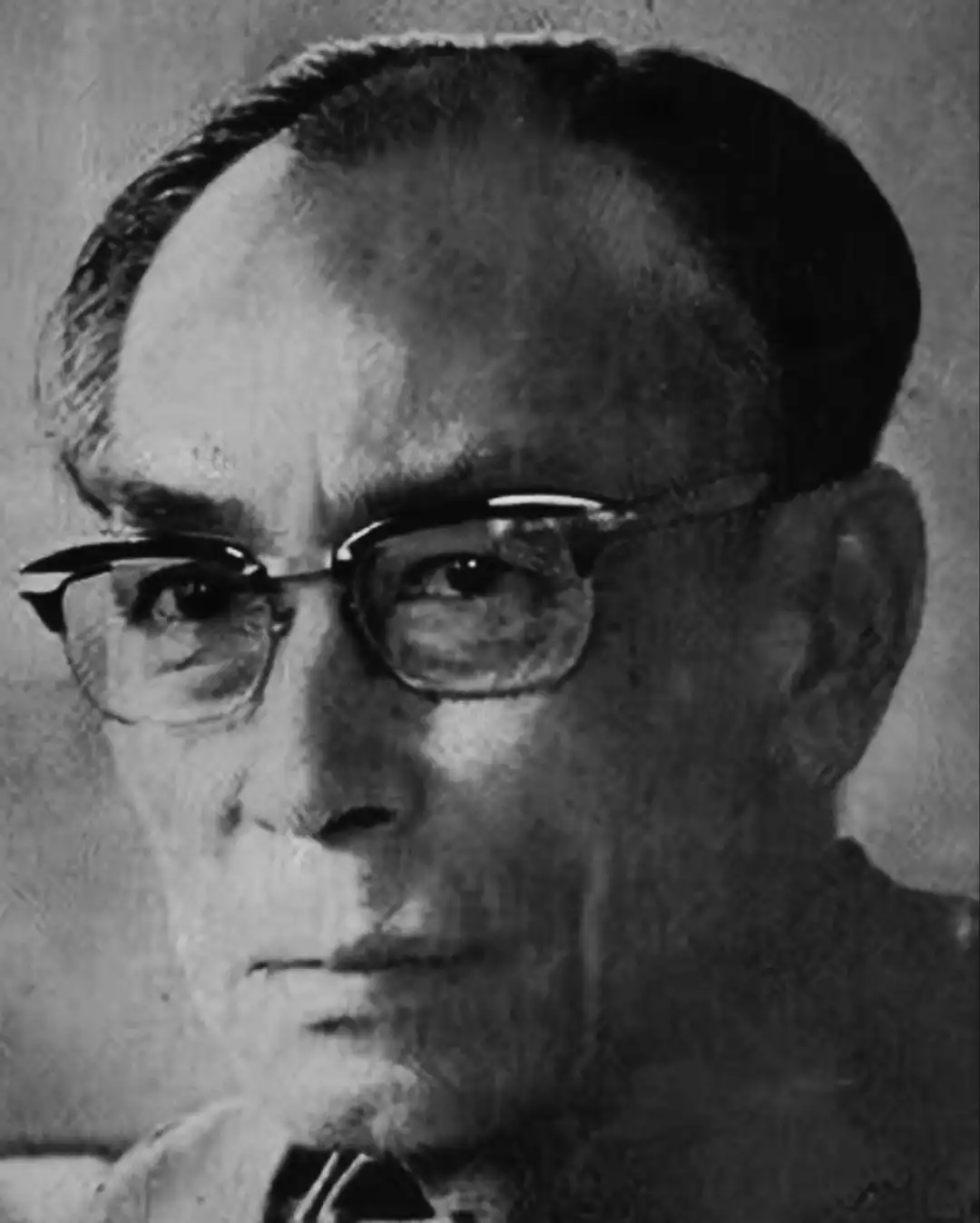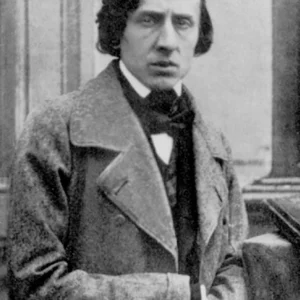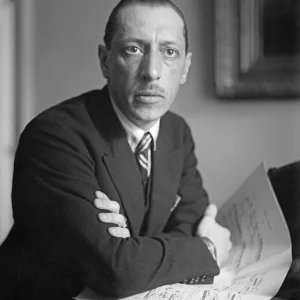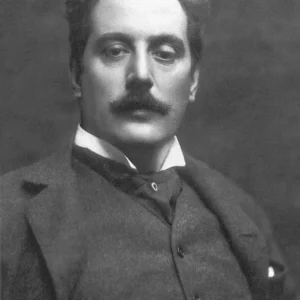Sachin Dev Burman, or S.D. Burman as he is fondly remembered, is a name that resonates deeply in the world of Indian music. Known as one of the greatest composers of Bollywood’s Golden Era, Burman’s melodies have left an indelible mark on the hearts of millions. From the soulful “Roop Tera Mastana” to the timeless “Gaata Rahe Mera Dil”, his music continues to inspire and enchant. But who was Sachin Dev Burman, and how did he shape the sound of Indian cinema? Let’s explore the life, work, and enduring legacy of this musical genius.
Early Life: A Musical Prodigy in Comilla
Sachin Dev Burman was born on October 1, 1906, in Comilla, British India (now Bangladesh). Growing up in a royal family, Burman was exposed to music from an early age. His father, Nabadwipchandra Dev Burman, was a sitarist, and his mother, Nirupama Devi, was a singer. This rich musical environment nurtured his talent and passion for music.
As a child, Burman was deeply influenced by the folk music of Bengal and the classical traditions of India. These early experiences would later shape his unique musical style, blending folk, classical, and modern elements.
The Royal Connection: Music in the Tripura Court
Training Under Ustad Badal Khan
Burman received formal training in classical music under Ustad Badal Khan, a renowned sarangi player. This rigorous training laid the foundation for his mastery of melody and rhythm.
Influence of Tripura’s Royal Court
The royal court of Tripura, where Burman spent much of his early life, played a significant role in shaping his musical sensibilities. The court’s patronage of the arts allowed him to experiment with different styles and instruments, fostering his creativity.
The Move to Mumbai: A New Beginning
Relocating to Mumbai
In the 1940s, Burman moved to Mumbai (then Bombay) to pursue a career in music. The bustling city, with its thriving film industry, offered him new opportunities and challenges.
Initial Struggles
Burman’s early years in Mumbai were marked by struggles. Despite his talent, he found it difficult to break into the competitive world of Bollywood music. However, his perseverance and passion eventually paid off.
The First Break: Film Debut as a Composer
Composing for “Rajkumar”
Burman’s first major break came with the film “Rajkumar” (1947). Although the film was not a commercial success, its music was well-received, showcasing Burman’s potential as a composer.
Early Collaborations
In the late 1940s and early 1950s, Burman collaborated with filmmakers like Dev Anand and Guru Dutt, creating memorable soundtracks for films like “Baazi” (1951) and “Jaal” (1952). These collaborations established him as a rising star in Bollywood.
The Rise of a Legend: Defining Bollywood’s Sound
The 1950s: A Decade of Iconic Soundtracks
The 1950s marked the beginning of Burman’s golden era. He composed some of his most iconic songs during this period, including “Thandi Hawa Yeh Chandni Suhani” from “Taxi Driver” (1954) and “Yeh Raat Yeh Chandni” from “Jaal” (1952).
Standing Out in a Competitive Industry
Burman’s music stood out for its simplicity, emotional depth, and innovative use of folk and classical elements. His ability to create melodies that resonated with audiences set him apart from his contemporaries.
The Kishore Kumar Connection: A Match Made in Musical Heaven
The Partnership with Kishore Kumar
One of Burman’s most significant collaborations was with singer Kishore Kumar. Their partnership began in the 1950s and produced some of Bollywood’s most iconic songs, including “Roop Tera Mastana” from “Aradhana” (1969) and “Chingari Koi Bhadke” from “Amar Prem” (1972).
Impact on Bollywood Music
The Burman-Kishore duo revolutionized Bollywood music, bringing a fresh, youthful energy to the industry. Their songs remain timeless classics, beloved by generations of listeners.
The Lata Mangeshkar Collaboration: A Symphony of Voices
Working with Lata Mangeshkar
Burman also shared a legendary partnership with playback singer Lata Mangeshkar. Together, they created unforgettable melodies like “Piya Tose Naina Lage Re” from “Guide” (1965) and “Tere Bina Zindagi Se” from “Aandhi” (1975).
The Magic of Their Collaboration
The combination of Burman’s compositions and Lata’s voice resulted in some of the most beautiful songs in Indian cinema. Their collaboration defined the sound of Bollywood’s Golden Era.
The Dev Anand Partnership: A Cinematic Legacy
The Long-Standing Collaboration
Burman’s collaboration with actor-producer Dev Anand was one of the most successful in Bollywood history. Together, they created iconic films like “Guide” (1965), “Jewel Thief” (1967), and “Tere Ghar Ke Samne” (1963).
The Soundtrack of “Guide”
The soundtrack of “Guide” is considered one of Burman’s greatest achievements. Songs like “Gaata Rahe Mera Dil” and “Aaj Phir Jeene Ki Tamanna Hai” remain timeless classics.
The Golden Era: S.D. Burman’s Peak in the 1960s
Composing for Classics
The 1960s marked the peak of Burman’s career. He composed music for classics like “Pyaasa” (1957), “Kaagaz Ke Phool” (1959), and “Bandini” (1963), each soundtrack a masterpiece in its own right.
Defining Cinematic Storytelling
Burman’s music played a crucial role in enhancing the emotional depth and narrative of these films. His melodies became synonymous with the Golden Era of Indian cinema.
The Folk Influence: Bringing Regional Sounds to Bollywood
Incorporating Folk Traditions
Burman often drew inspiration from Bengali, Assamese, and other regional folk traditions. Songs like “Safal Hogi Teri Aradhana” and “Ghar Aaya Mera Pardesi” showcase his ability to blend folk elements with mainstream Bollywood music.
The Appeal of Folk Melodies
These folk-inspired songs resonated with audiences, adding a unique flavor to Burman’s compositions and setting them apart from the rest.
The Classical Touch: Blending Tradition with Modernity
Using Classical Ragas
Burman’s deep knowledge of classical music allowed him to create melodies based on traditional ragas. Songs like “Jalte Hain Jiske Liye” (based on Raga Yaman) and “Abhi Na Jao Chhod Kar” (based on Raga Pilu) are prime examples of his classical touch.
The Fusion of Styles
By blending classical and modern elements, Burman created a unique musical style that appealed to both traditional and contemporary audiences.
The Personal Struggles: Balancing Fame and Family
Strained Relationship with R.D. Burman
Burman’s relationship with his son, R.D. Burman, was often strained due to professional rivalries. However, they eventually reconciled, and R.D. Burman went on to become a legendary composer in his own right.
Influence on His Music
Burman’s personal struggles and challenges often found expression in his music, adding depth and emotion to his compositions.
The Legacy of “Guide”: A Musical Masterpiece
The Soundtrack of “Guide”
The soundtrack of “Guide” (1965) is considered one of Burman’s greatest achievements. Songs like “Gaata Rahe Mera Dil” and “Aaj Phir Jeene Ki Tamanna Hai” remain timeless classics.
A Landmark in Indian Cinema
The music of “Guide” played a crucial role in the film’s success, cementing Burman’s legacy as one of Bollywood’s greatest composers.
The Final Years: A Quiet Farewell
Composing for “Abhimaan” and “Mili”
In his final years, Burman composed music for films like “Abhimaan” (1973) and “Mili” (1975), showcasing his enduring talent and creativity.
His Passing in 1975
S.D. Burman passed away on October 31, 1975, leaving behind a rich musical legacy that continues to inspire generations.
S.D. Burman’s Influence on Indian Music
Inspiring Future Composers
Burman’s work inspired future composers like R.D. Burman (Son of S.D. Burman), A.R. Rahman, and Shankar-Ehsaan-Loy, who continue to draw inspiration from his melodies.
Shaping the Sound of Indian Cinema
Burman’s music defined the sound of Bollywood’s Golden Era, setting a standard for excellence that remains unmatched.
Awards and Recognition: Honoring a Legend
Filmfare Awards and Other Accolades
Burman won numerous awards, including Filmfare Awards for Best Music Director. His contributions to Indian music were widely recognized and celebrated.
Posthumous Recognition
Even after his death, Burman’s music continues to be celebrated, with tributes and retrospectives honoring his legacy.
The S.D. Burman Playlist: Must-Listen Songs
A Curated List of Iconic Tracks
From “Roop Tera Mastana” to “Gaata Rahe Mera Dil”, Burman’s songs remain timeless classics that every music lover should experience.
Why These Songs Remain Timeless
Burman’s melodies are timeless because of their emotional depth, simplicity, and universal appeal.
Visiting S.D. Burman’s World: A Fan’s Guide
Must-Watch Films Featuring His Music
Films like “Guide”, “Aradhana”, and “Jewel Thief” are essential viewing for anyone interested in Burman’s music.
How to Experience His Legacy Today
From streaming platforms to live tributes, there are many ways to experience and celebrate S.D. Burman’s musical legacy.
Conclusion: Why S.D. Burman’s Music Endures
S.D. Burman’s melodies continue to inspire and enchant, reminding us of the power of music to transcend time and touch the soul. His legacy is a testament to the enduring impact of creativity and passion.
FAQs:
- What is S.D. Burman’s most famous song?
S.D. Burman composed many iconic songs, but “Roop Tera Mastana” from “Aradhana“ (1969) and “Gaata Rahe Mera Dil” from “Guide“ (1965) are among his most celebrated works. - How did S.D. Burman influence Bollywood music?
S.D. Burman revolutionized Bollywood music by blending folk, classical, and modern elements. His melodies defined the Golden Era of Indian cinema and inspired future generations of composers. - What was S.D. Burman’s relationship with Kishore Kumar?
S.D. Burman and Kishore Kumar shared a legendary partnership, creating some of Bollywood’s most iconic songs. Their collaboration began in the 1950s and continued until Burman’s death in 1975. - How did S.D. Burman incorporate folk music into his compositions?
S.D. Burman often drew inspiration from Bengali, Assamese, and other regional folk traditions. Songs like “Ghar Aaya Mera Pardesi” and “Safal Hogi Teri Aradhana” showcase his ability to blend folk elements with mainstream Bollywood music.



